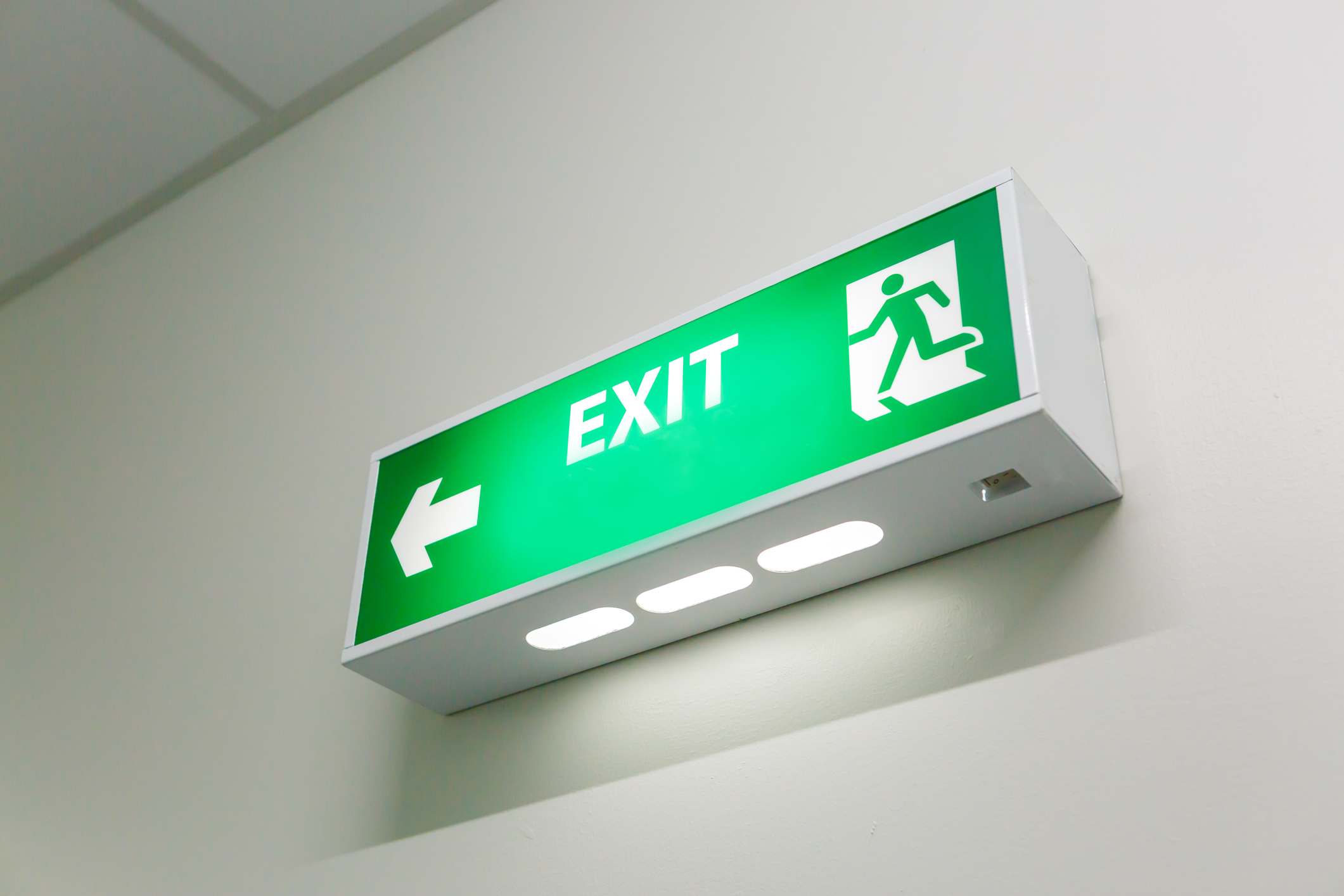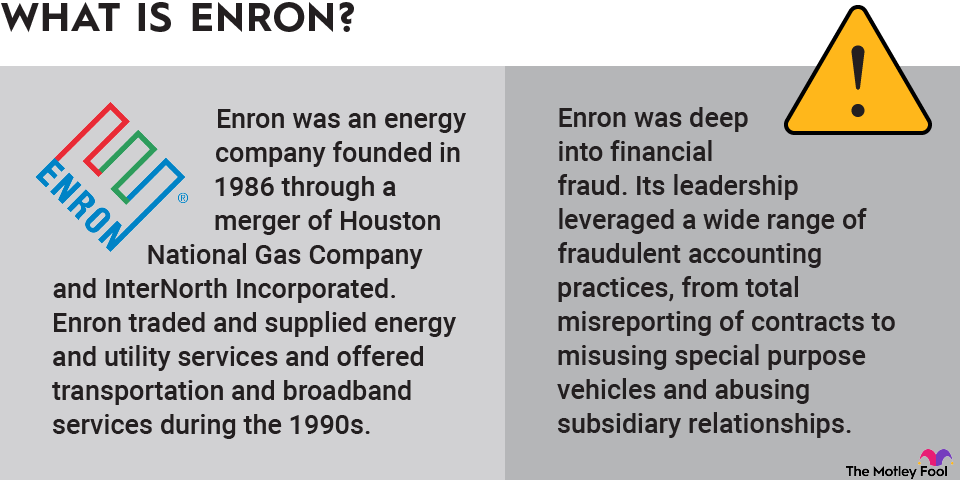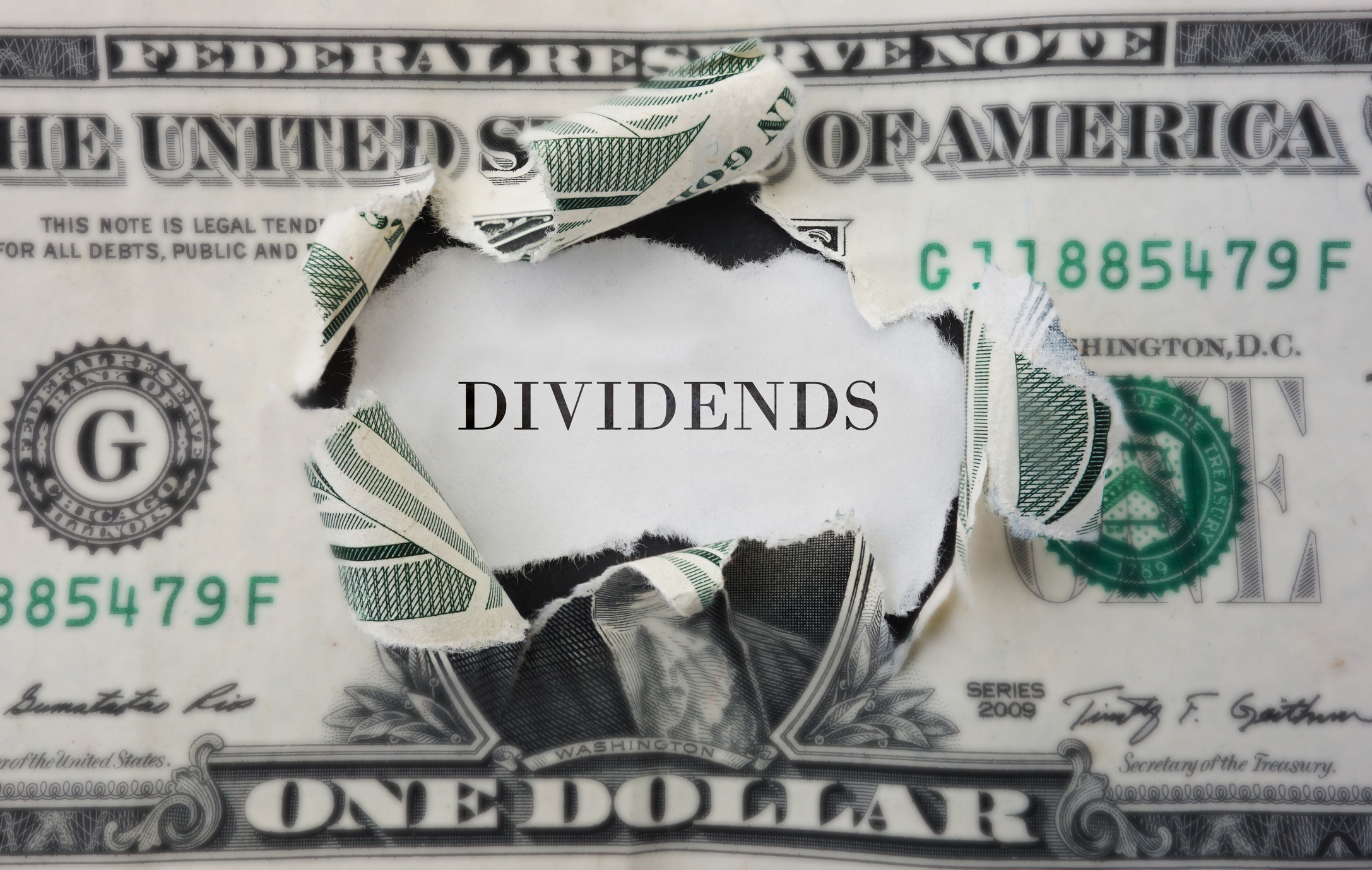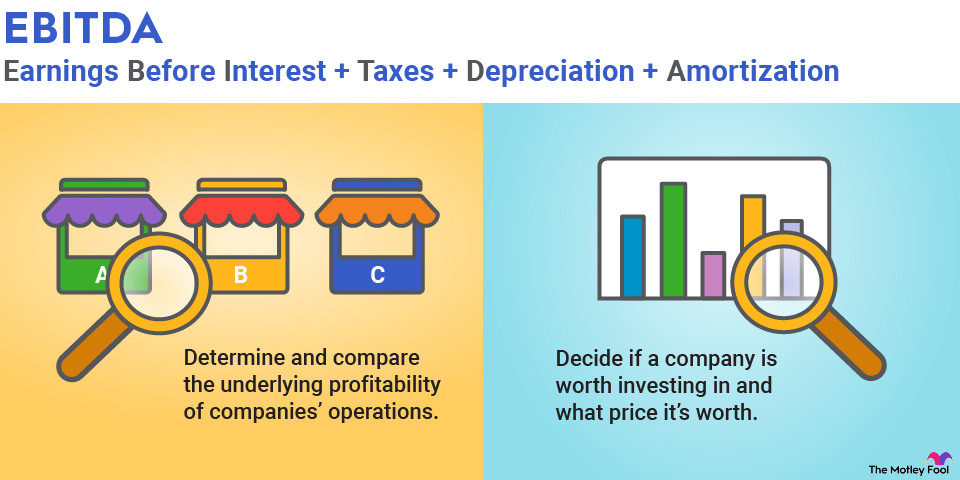Because Lemonade Stand B uses substantially more debt ($1,500 at 10% interest) to finance its operations, it is less profitable in terms of net income ($390 in profits versus $487.50). However, when compared on the basis of EBITDA, the lemonade stands are equal, each producing $800 in EBITDA from $1,000 in sales last year.
What's the lesson here? By looking at EBITDA, we can determine the underlying profitability of a company's operations, allowing for easier comparison to another business. Then we can take those results and gain a deeper understanding of the impact of a company's capital structure, e.g., debt and capital expenditures, as well as differences in taxes (particularly if the companies operate in different places) on the company's actual profits and cash flows.




















